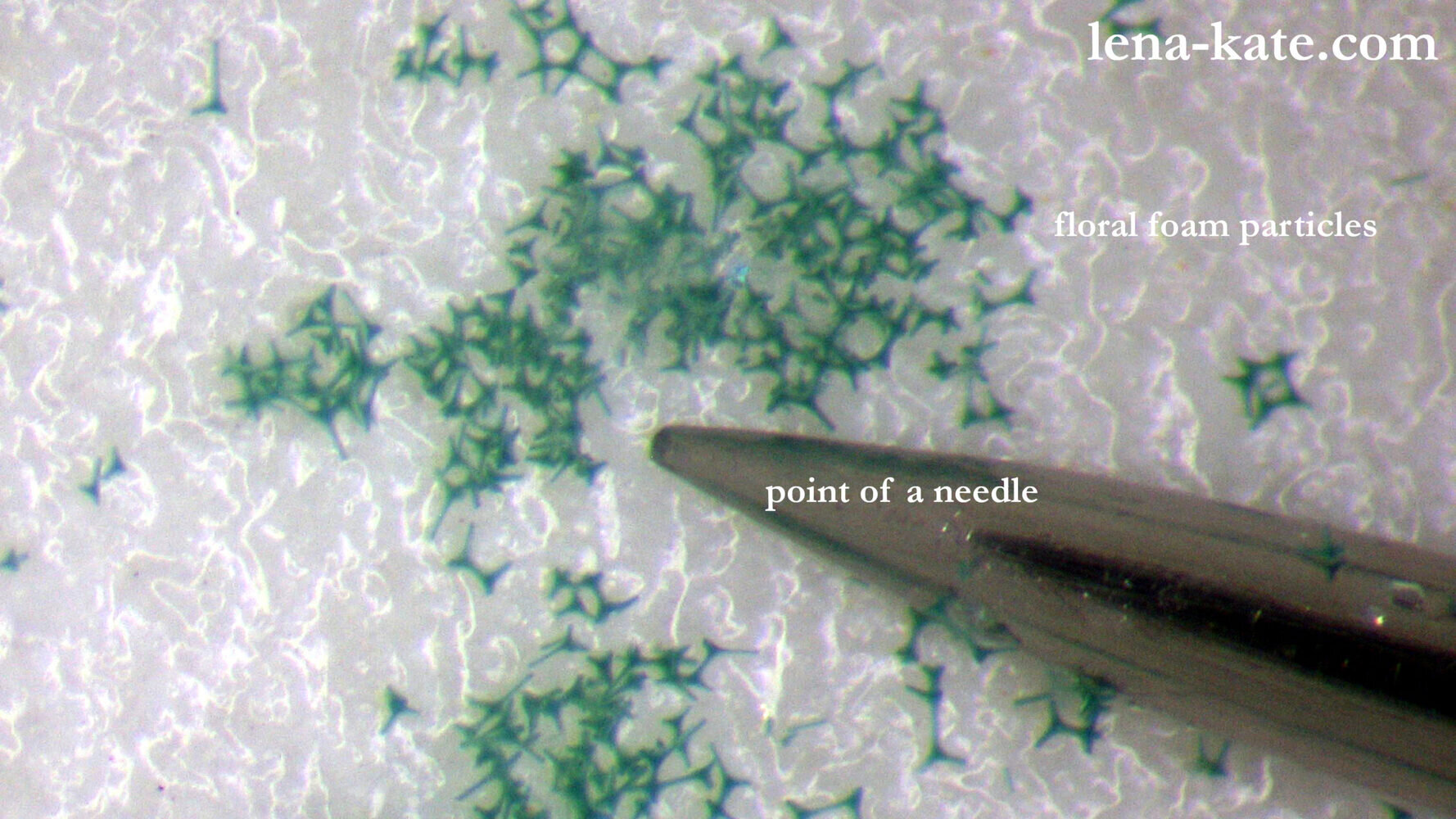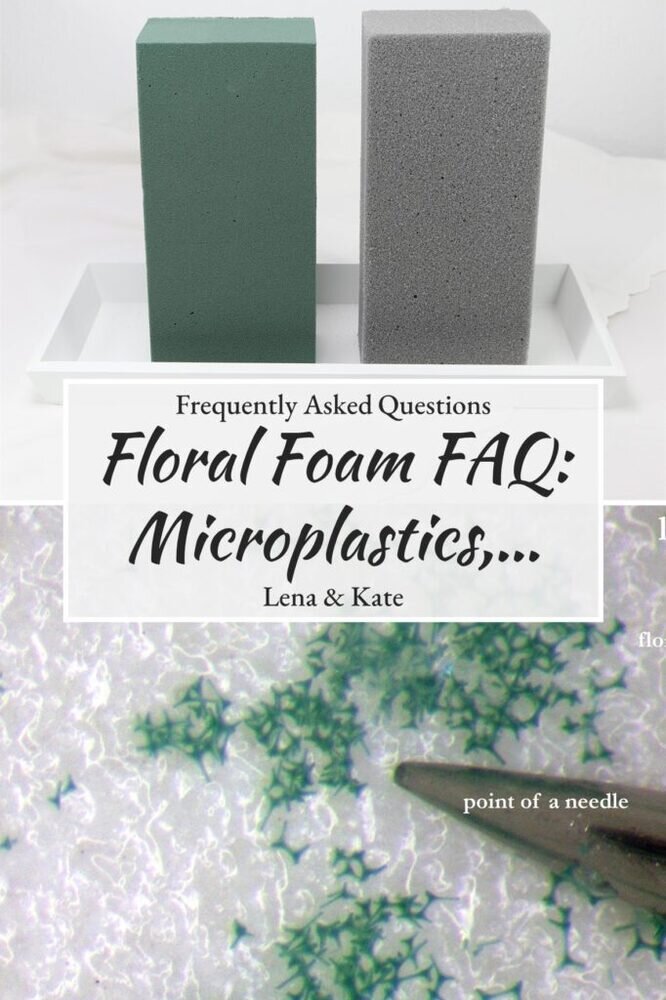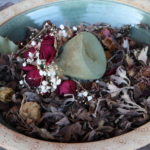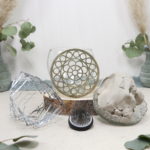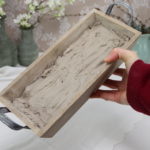Floral foam
Floral foam, also called flower foam, is used to create flower arrangements. The foam serves as a plug-in material to insert plant parts, such as flowers and other decorative elements.
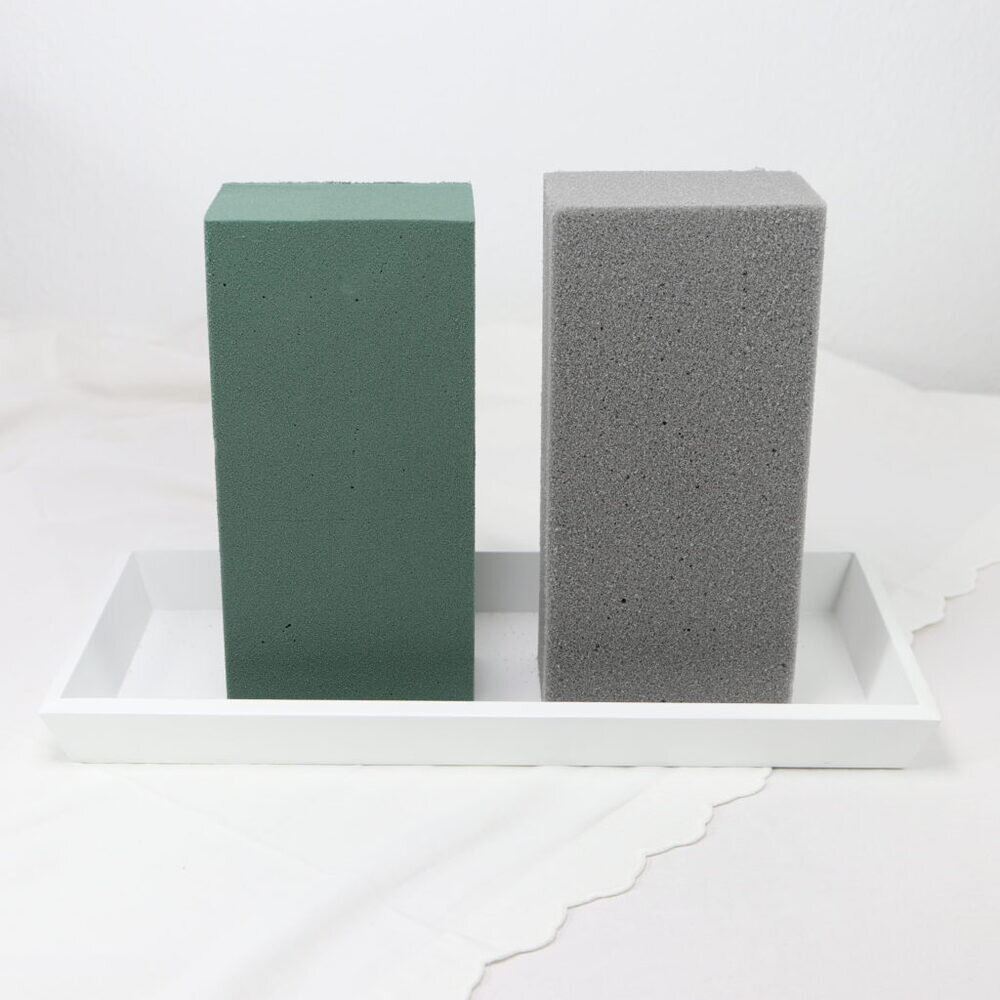
There are two types of floral foam: Wet floral foam for “normal” flowers and and dry floral foam for dried flowers. This FAQ has been written for wet floral foam. Furthermore, the purpose of this FAQ is also to elaborate on topics related to sustainability and floral foam.
I use floral foam as a plug base, because it is very easy to make floral arrangements. For example, I used floral foam in the following DIYs:
- Amaryllis in Wintry Bundt Pan
- Winter Flower Arrangement with Roses
- Little Present — Roses-to-Go
- Romantic Table Decoration with Red Roses, Baby’s Breath and Chain of Hearts
Frequently Asked Questions: Floral foam
Floral foam is a phenolic resin foam that is used as a base material for making flower arrangements. Floral foam comes in different colors and shapes. Probably the most common variant is the green plug foam in a block form.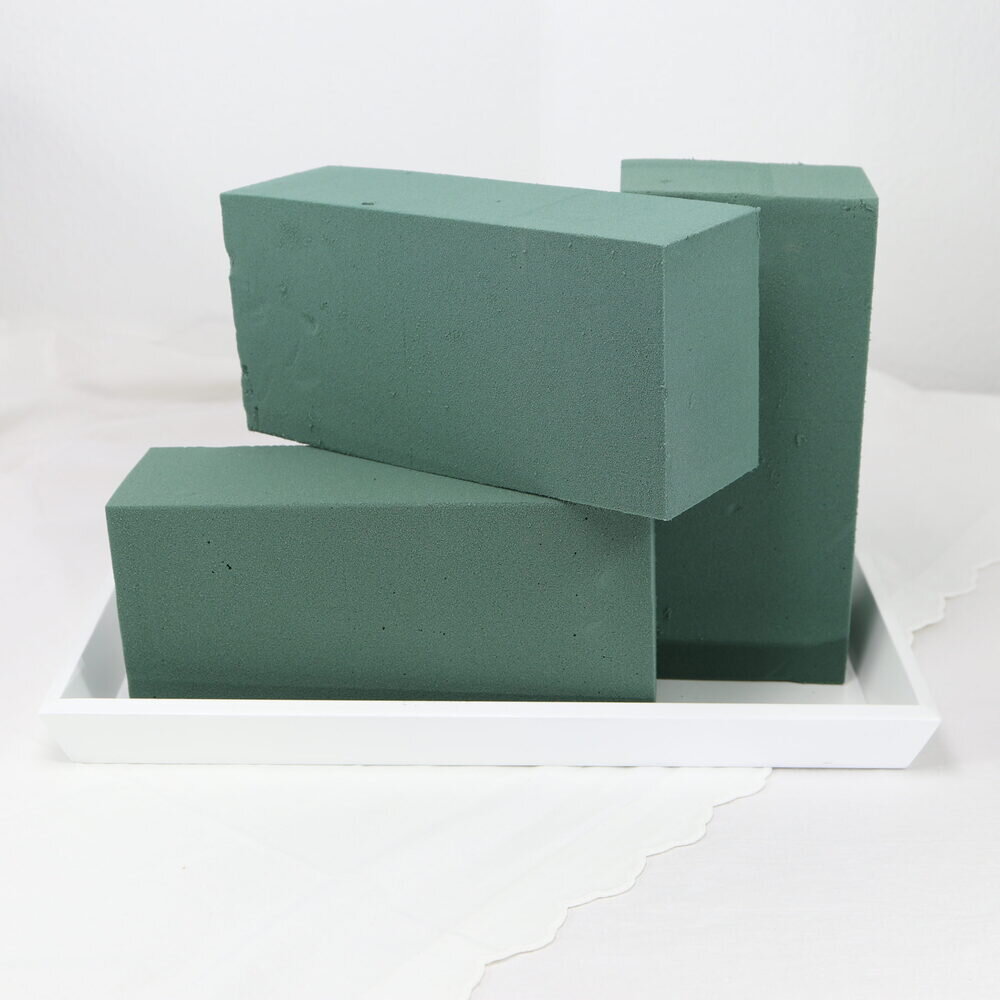
Wet floral foam must be watered before arranging flowers. To do this, take a sufficiently large container in which the floral foam still has a few inches space in each direction. The container is then filled with water. Place the floral foam in the water container and wait until it has completely soaked itself with water.
If you want to shape the foam, you can do this before or after watering. For shaping, the foam can be cut to size with a standard knife.
Flower arrangements with floral foam last for several days. I have also had arrangements that have lasted two weeks and longer. This depends, among other things, on the room temperature or whether the flowers were freshly cut when the arranging took place. Arrangements stay fresh much longer at cooler temperatures. You can always water the arrangement with water, this will extend the flower arrangement’s life. Withered flowers can be easily removed from the foam and replaced with fresh flowers.
Since floral foam retains water, it should be stored in a dry place. The best place for floral foam is in a cool place in a closed storage.
Rather no. Floral foam for fresh cut flowers can be properly used only once. When used several times, the floral foam no longer properly absorbs water, and the resulting holes through the stems of the plants interfere with further arranging.
Floral foam is a synthetic polymer which is made by a chemical process. Normally, floral foam is made out of formaldehyde, acid catalysts, sulphates etc.
There exist different statements from the manufacturers in this matter. This could be due to the fact that “biodegradable” and “compostable” are not clearly defined terms. Compostable does not necessarily mean “biological decomposition on the home compost heap”. “Compostable” could also be used as a term for a complex industrial decomposition process.
To put it simple, in our experience, floral foams cannot be decomposed on the home compost.
Here, too, the manufacturers’ specifications vary and range from organic waste to residual waste. If you want to be on the safe side, dispose of it in the residual waste.
Yes. Microplastics are fragments of any type of plastic less than 5 mm in length (according to the U.S. National Oceanic and Atmospheric Administration). During the processing of floral foam (cutting, watering, etc.) fine dust, which are microplastic particles, are produced. When the water is disposed of, the microplastics are brought into the environment. The following picture shows a water bowl, in which floral foam was watered, under a microscope. You can see tiny green plastic pieces that have detached from the floral foam. The silver object is the tip of a small sewing needle.